10 Proven AdSense Optimization Tips to Maximize Revenue in 2025
Monetizing your website with Google AdSense is one of the most reliable ways to generate passive income. However, simply placing ads on your site isn’t enough. To unlock greater earning potential, you need a well-optimized strategy tailored to your audience and content. In this blog post, we’ll share 10 proven AdSense optimization tips to help you maximize your ad revenue in 2025.
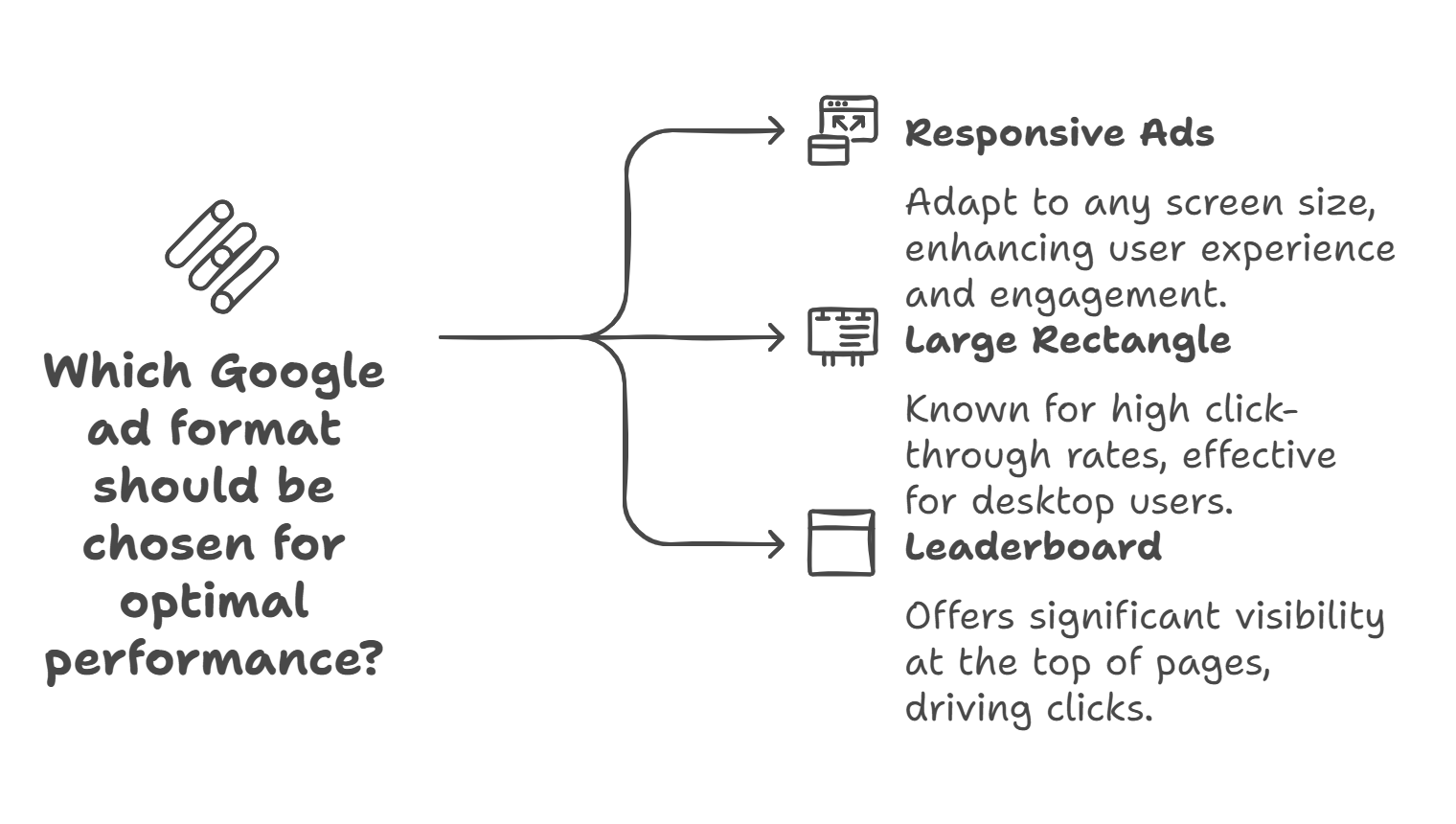
1. Choose High-Performing Ad Formats
Google offers various ad formats, but some consistently deliver better results. The top-performing formats include:
- Responsive Ads: These automatically adjust to fit the user’s screen size, ensuring optimal visibility and a seamless user experience.
- Large Rectangle (336×280) and Leaderboard (728×90): Known for generating high click-through rates (CTR).
Stat Insight:
In 2025, mobile traffic accounts for 58% of global web traffic (Source: Statista). Responsive ads are particularly effective as they adapt seamlessly to devices, improving engagement and avoiding alienating mobile users.
Pro Tip:
Experiment with these formats to identify what works best for your audience. Regularly test their impact on both user experience and revenue, and make adjustments as trends evolve.
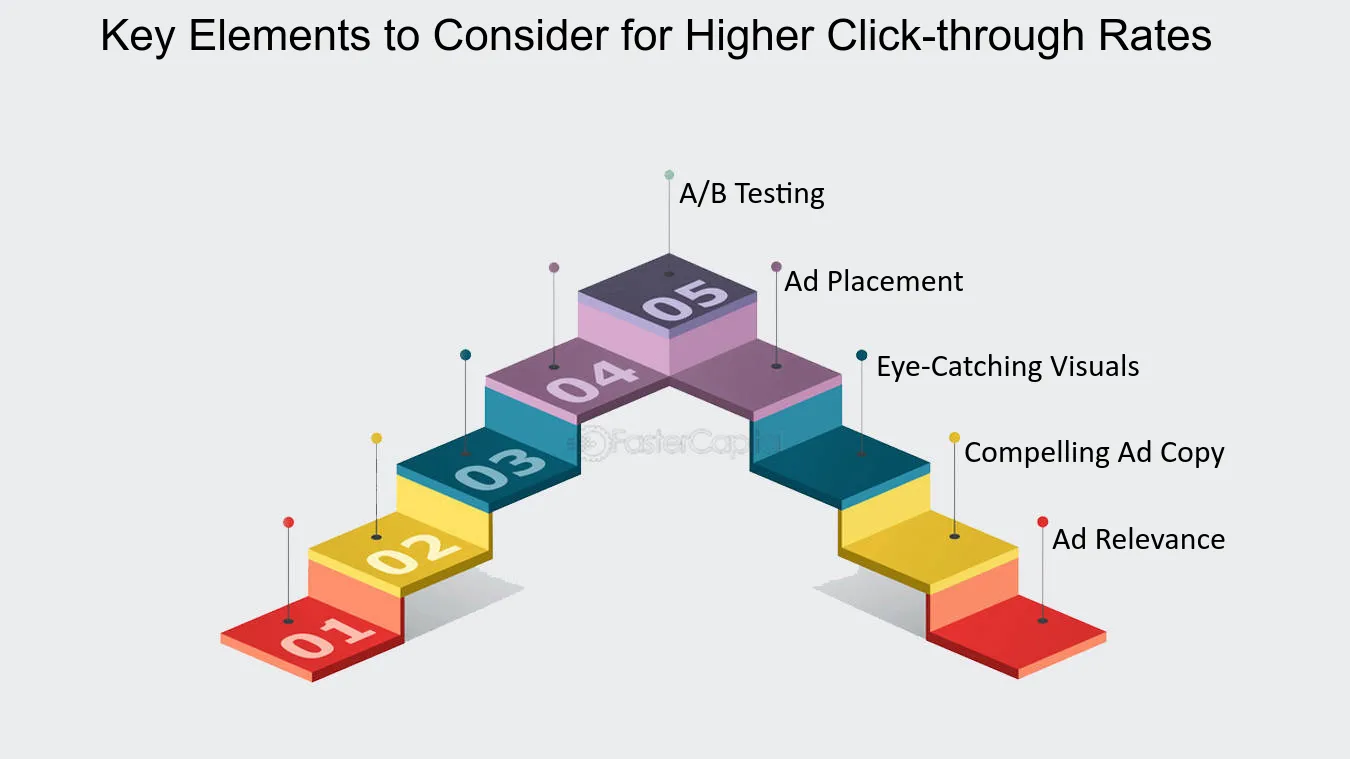
2. Optimize Ad Placement
Strategic placement can significantly impact your CTR. Focus on these key areas:
- Above-the-Fold Content: Prime real estate for visibility.
- In-Content Ads: Blend naturally within engaging articles.
- Sticky Ads: Especially effective on mobile, staying visible as users scroll.
Example:
Placing one ad within the first few paragraphs of a blog post and another midway can strike the right balance. This improves visibility while maintaining user satisfaction.
Important Tip:
Avoid overcrowding. Aim for a ratio of one ad per three to four paragraphs. Overloading your site with ads can lead to higher bounce rates and a poor user experience.
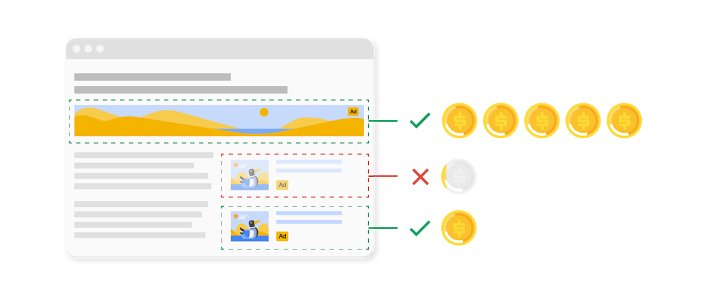
3. Leverage Ad Balance
Google’s Ad Balance Tool helps you:
- Display fewer but higher-paying ads.
- Reduce low-value impressions, improving overall ad quality and earnings.
This tool is particularly effective for websites with loyal audiences. By showing fewer, more relevant ads, you’ll maintain a positive user experience while boosting revenue per impression.
Monitor Performance:
Regularly analyze the effectiveness of this tool and adjust settings to find the optimal balance.
4. Use Custom Channels
Custom channels allow you to track the performance of specific ad units. This data helps you:
- Identify underperforming ads.
- Test alternative placements or formats.
- Focus on high-performing segments.
Example:
If a sidebar ad isn’t performing well, experiment with a different size or move it to an in-content position. If an in-content ad performs exceptionally, replicate its placement in other areas.
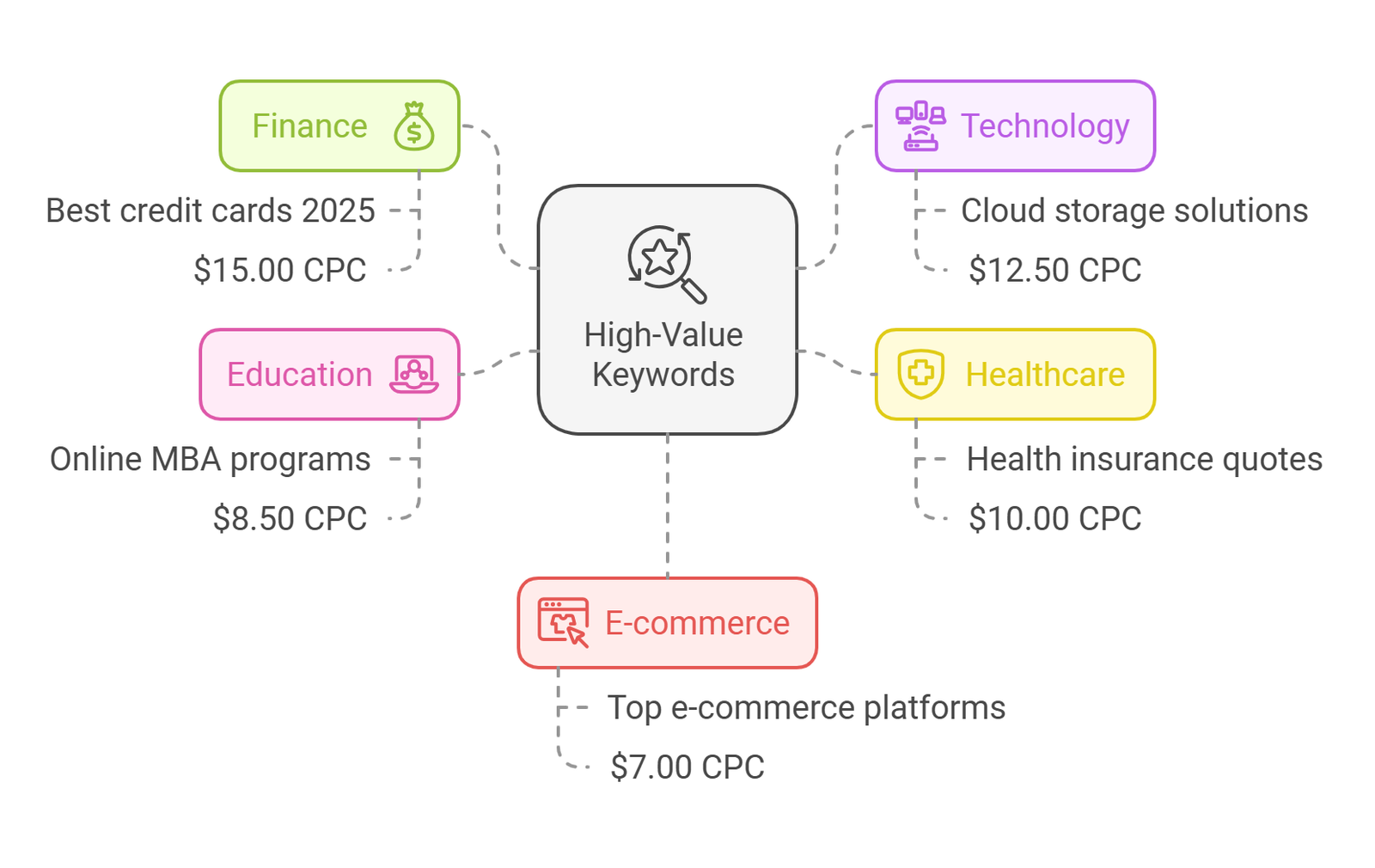
5. Focus on High-Value Keywords
Keywords with higher Cost Per Click (CPC) can significantly boost your earnings. Use tools like:
Pro Tip:
Create content around high-value keywords. Industries such as finance, technology, and healthcare often have higher CPC rates. For example, an article targeting the keyword “best cloud storage solutions 2025” could attract premium ads from technology companies.
Seasonal Trends:
Certain keywords experience spikes during holidays or major industry events. Use Google Trends to identify these opportunities and craft timely content.
| Industry | Keyword Example | Estimated CPC |
|---|---|---|
| Finance | “Best credit cards 2025” | $15.00 |
| Technology | “Cloud storage solutions” | $12.50 |
| Healthcare | “Health insurance quotes” | $10.00 |
| Education | “Online MBA programs” | $8.50 |
| E-commerce | “Top e-commerce platforms” | $7.00 |
6. Increase Your Website Traffic
More traffic means more ad impressions. To boost your traffic:
- SEO Optimization: Use specific techniques such as optimizing meta descriptions, incorporating long-tail keywords, and improving internal linking to enhance search visibility.
- Social Media Promotion: Create shareable content, collaborate with influencers, and run targeted ads to engage audiences and drive traffic to your site.
- Email Marketing: Retain visitors by sending newsletters featuring links to your latest posts.
Organic Traffic is Key:
High-quality content that ranks well in search engines attracts visitors more likely to engage with your ads.
Example:
Launch a giveaway campaign on Instagram with a clear call-to-action to visit your blog. This strategy generates traffic while increasing social media engagement.
Global Trend Insight:
AdSense performance varies by region. In Tier 1 countries like the USA, CPC rates are generally higher compared to Tier 2 countries. Tailor your content to attract audiences from high-value regions.
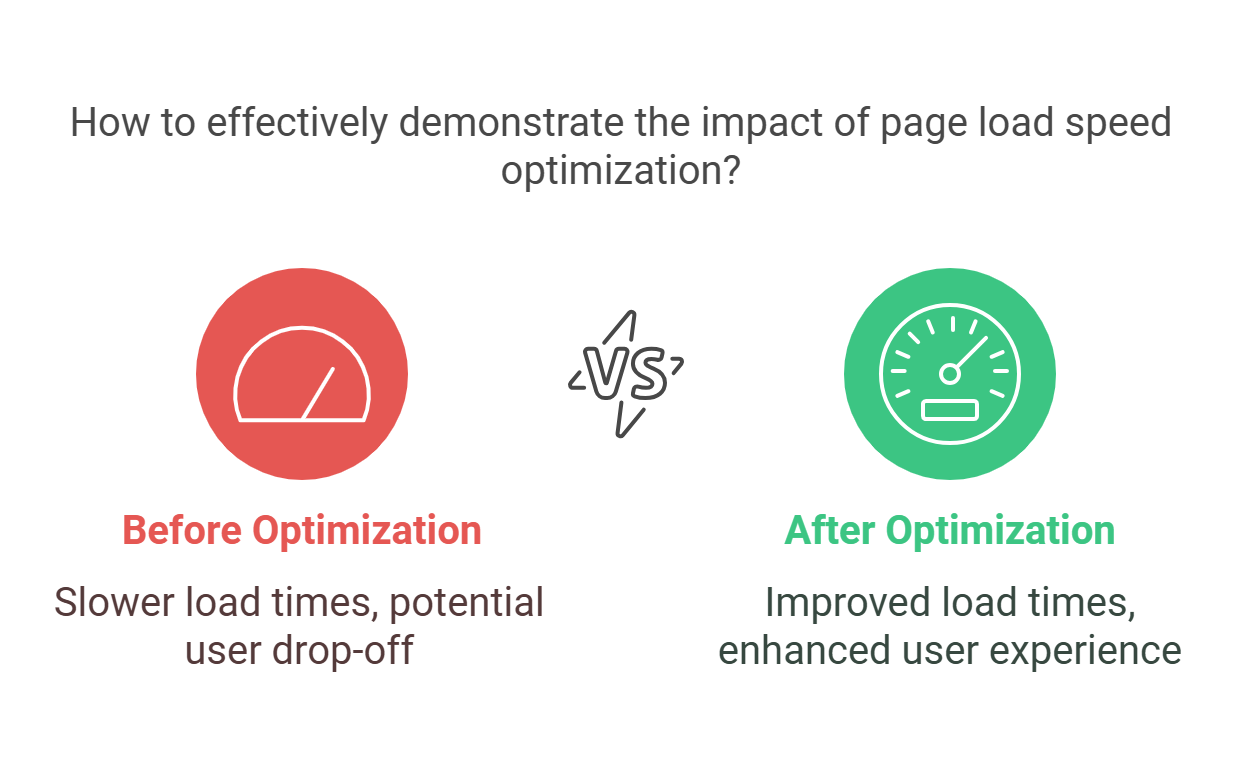
7. Improve Page Load Speed
A slow website harms user experience and ad revenue. Optimize your page load speed with these steps:
- Content Delivery Network (CDN): Distribute your content globally for faster loading times.
- Compress Images: Use tools like TinyPNG to reduce file sizes without losing quality.
- Minimize JavaScript and CSS: Streamline code for quicker load times.
Advanced Techniques:
Implement lazy loading to ensure that ads and images load only when visible on-screen, reducing initial load times and improving performance.
Tools to Use:
Platforms like Google PageSpeed Insights or GTmetrix help identify and resolve speed-related issues.
8. Enable Auto Ads
Google’s Auto Ads feature uses machine learning to optimize ad placement and format automatically. Benefits include:
- Time-Saving: Simplifies ad management.
- Revenue Maximization: Identifies high-performing placements.
- Enhanced User Experience: Dynamically adjusts to user preferences.
Monitor and Adjust:
Regularly evaluate Auto Ads’ performance. For instance, some publishers find that reducing ad density on mobile improves user experience while maintaining revenue. Adjust settings to align with your site layout and audience preferences.
Case Study: Revenue Boost with Auto Ads
A mid-sized blog specializing in tech reviews implemented Auto Ads in early 2024. Initially, the site was manually managing ad placements, which resulted in inconsistent performance. By switching to Auto Ads, the site achieved the following:
- Revenue Growth: A 25% increase in overall ad revenue within the first three months.
- Improved Engagement: Click-through rates improved by 18%, attributed to better ad placement tailored by machine learning algorithms.
- Time Efficiency: The team saved hours previously spent on manually testing and adjusting ad positions.
This case demonstrates the potential of leveraging Google’s machine learning technology to enhance both user experience and revenue.
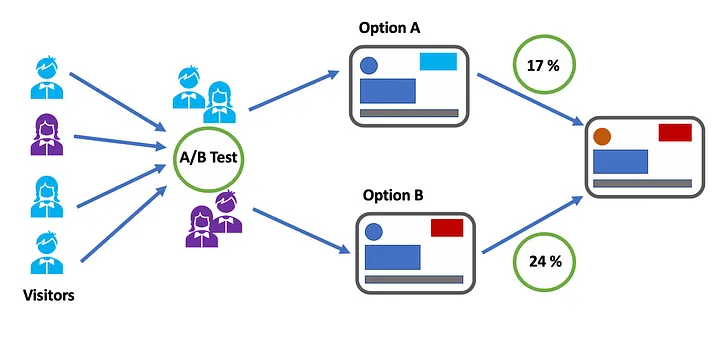
9. Implement A/B Testing
Testing different ad layouts, formats, and colors helps you discover what works best for your audience. Use tools like Google Optimize to test:
- Button Colors: For instance, blue vs. green call-to-action buttons.
- Ad Sizes and Placements: Determine which configurations yield the highest CTR.
Track Results:
Document findings and replicate successful combinations across your site to optimize ad performance further.
A/B Testing Checklist for AdSense Optimization
Download this checklist to streamline your A/B testing process and maximize your AdSense revenue. This guide covers essential variables to test and track, ensuring optimal ad performance:
Variables to Test:
- Ad Placement:
- Above the fold vs. below the fold
- In-content vs. sidebar
- Ad Format:
- Text ads vs. display ads
- Responsive ads vs. fixed-size ads
- Ad Size:
- 336×280 vs. 728×90
- Other sizes as relevant to your audience
- Ad Color Scheme:
- Background color
- Text and link color
- Border visibility
- Call-to-Action Elements:
- Button text
- Button color
- Placement of call-to-action buttons
- Page Elements Impacting Ads:
- Navigation bar location
- Content layout and font size
Steps for A/B Testing:
- Define a clear hypothesis for each variable.
- Run tests for at least 7-14 days to gather reliable data.
- Use tools like Google Optimize to manage and track your tests.
- Analyze results and implement winning combinations.
- Document findings for future optimization.
🔗 Download the A/B Testing Checklist (PDF)
Ensure your tests are data-driven and focus on enhancing both user experience and revenue growth.
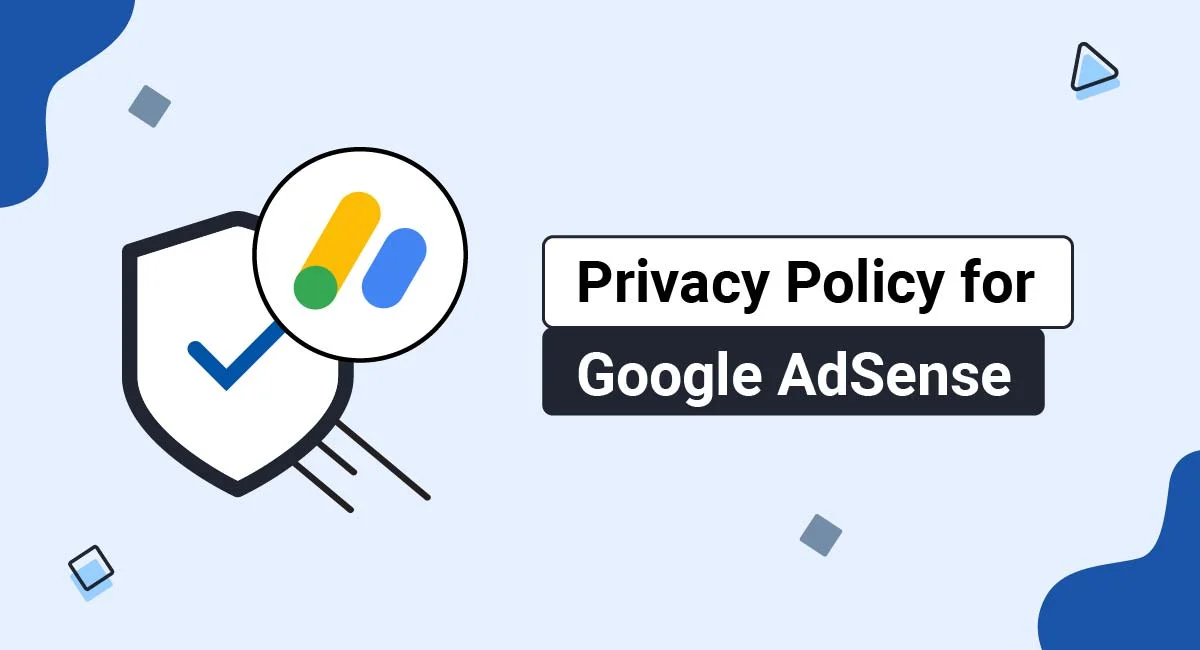
10. Stay Updated with AdSense Policies
Google AdSense policies change over time. Staying updated is crucial to avoid penalties or account suspension.
- Review Guidelines Regularly: Refer to Google’s AdSense policy page.
- Subscribe to Updates: Join relevant forums or Google newsletters to stay informed.
Important Note:
Policies regarding ad placement near sensitive content or incentivized clicks frequently evolve
Ensure compliance to maintain your account’s good standing.
Bonus Tip: Diversify Your Revenue Streams
While AdSense is an excellent monetization tool, relying solely on it can be risky. Explore other strategies such as:
- Affiliate Marketing: Promote relevant products to earn commissions.
- Sponsored Posts: Collaborate with brands for paid partnerships.
- Digital Products: Sell eBooks, online courses, or templates to your audience.
Pro Tip:
Diversification not only reduces risk but also ensures a stable income stream, even if AdSense earnings fluctuate.
Final Thoughts
Optimizing your AdSense strategy requires consistent effort, testing, and staying informed about industry trends. By implementing these 10 proven tips, you can maximize your revenue in 2025.
💬 What strategies have worked for you?
Share your tips and experiences in the comments to help others optimize their AdSense performance and grow their revenue. Whether it’s a unique placement tactic, a successful A/B testing insight, or an innovative approach to improving traffic, your contribution can make a difference!
With these techniques, 2025 could be your most profitable year yet. Start optimizing today, and watch your earnings soar!
